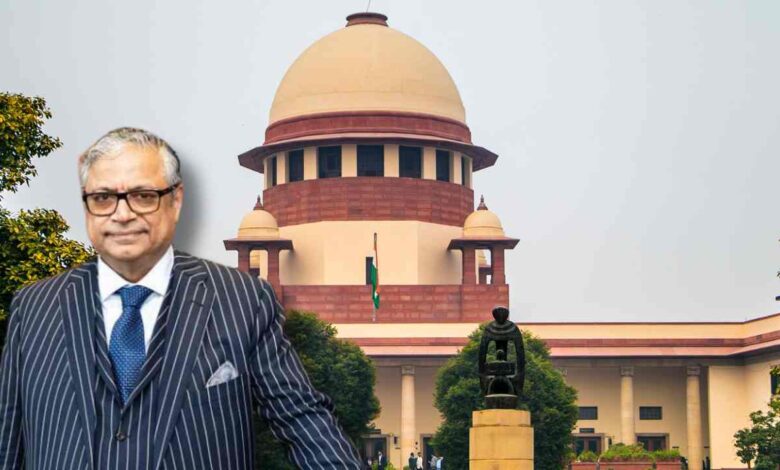DA Rate: Gopal Subramanium’s Argument could secure both Current and Arrear DA based on the AICPI

DA Rate: The long-standing battle over Dearness Allowance (DA) for state government employees has now taken a new turn. In the ongoing case in the Supreme Court, the arguments presented by Shri Gopal Subrahmanyam, a prominent lawyer for Sangrami Joutha Mancha, have sparked a ray of hope for many. The core of this case lies in an old notification from the state government itself and its direct link to the All India Consumer Price Index (AICPI). Let’s understand this entire matter in simple terms.
The Root of the Dispute: ROPA 2009
The seeds of this dispute were sown in the ROPA (Revision of Pay and Allowances) notification issued by the state government in 2009. That notification stated that the cost of living had increased 5.36 times as of January 1, 2006, compared to 1982. In other words, an item that cost ₹100 in 1982 was valued at ₹536 in 2006. According to the employees’ counsel, this figure of 536 is, in fact, the All India Consumer Price Index (AICPI).
The Lawyer’s Groundbreaking Argument
In the Supreme Court, Sangrami Joutha Mancha’s advocate, Sri Gopal Subramanium, has highlighted this very point. He argued that since the state government itself acknowledges that the basis for DA is this price index, then the DA should be provided according to that index. This means the state government should increase DA at the same rate as the central government.
A Simple Explanation of the Calculation
Let’s demonstrates with a simple calculation how the number 536 from ROPA 2009 is linked to the AICPI.
Get Instant News Updates!
Join on Telegram- April 1, 2008: When the central government announced a 12% DA, the AICPI increased to 605. Based on the ROPA foundation of 536, this increase is approximately 12.87%, which is very close to 12%.
- January 1, 2009: The central government increased the DA to 22%. At that time, the AICPI was 656. In this case as well, the increase based on the 536 foundation is about 22.38%.
- January 1, 2010: The central DA rose to 35%, and the AICPI stood at 726. Here too, the increase is approximately 35.63%.
This calculation makes it clear that there is a direct correlation between the state government’s ROPA notification and the central government’s DA hikes. The lawyers are using this data as their weapon in court.
What Does This Mean for the Employees?
If the Supreme Court accepts this argument, state government employees could receive DA at the central rate. This would not only clear the path for receiving pending DA arrears but also create a possibility for receiving DA at the central rate in the future. Therefore, this case is not just a fight for some money; it is a fight for the rights of state government employees. The verdict of this case could bring a significant change to the lives of millions of government employees in West Bengal.

